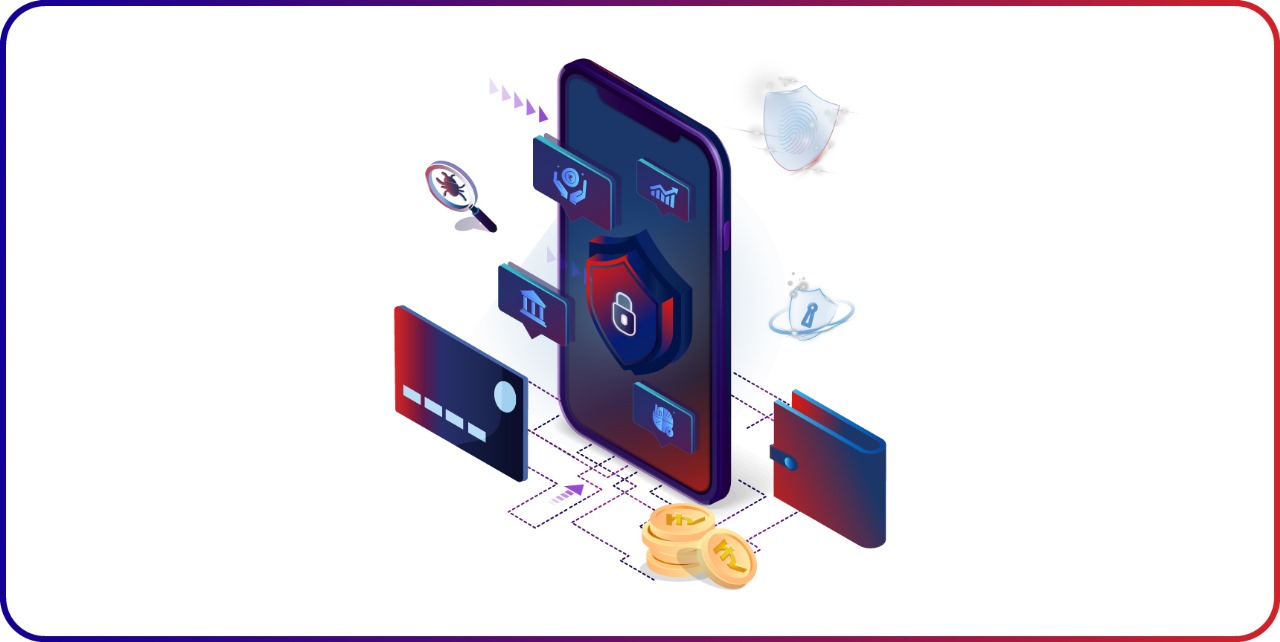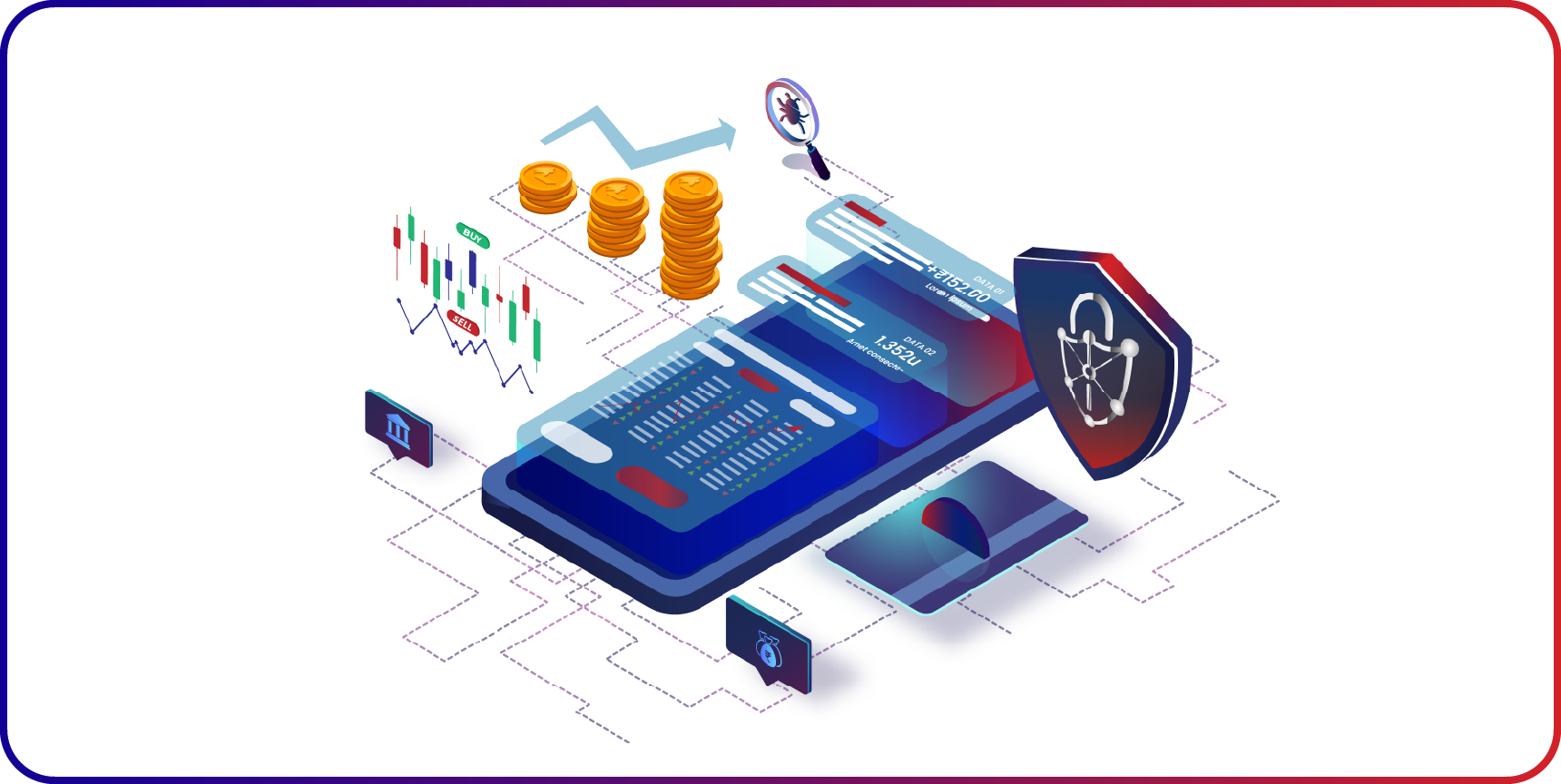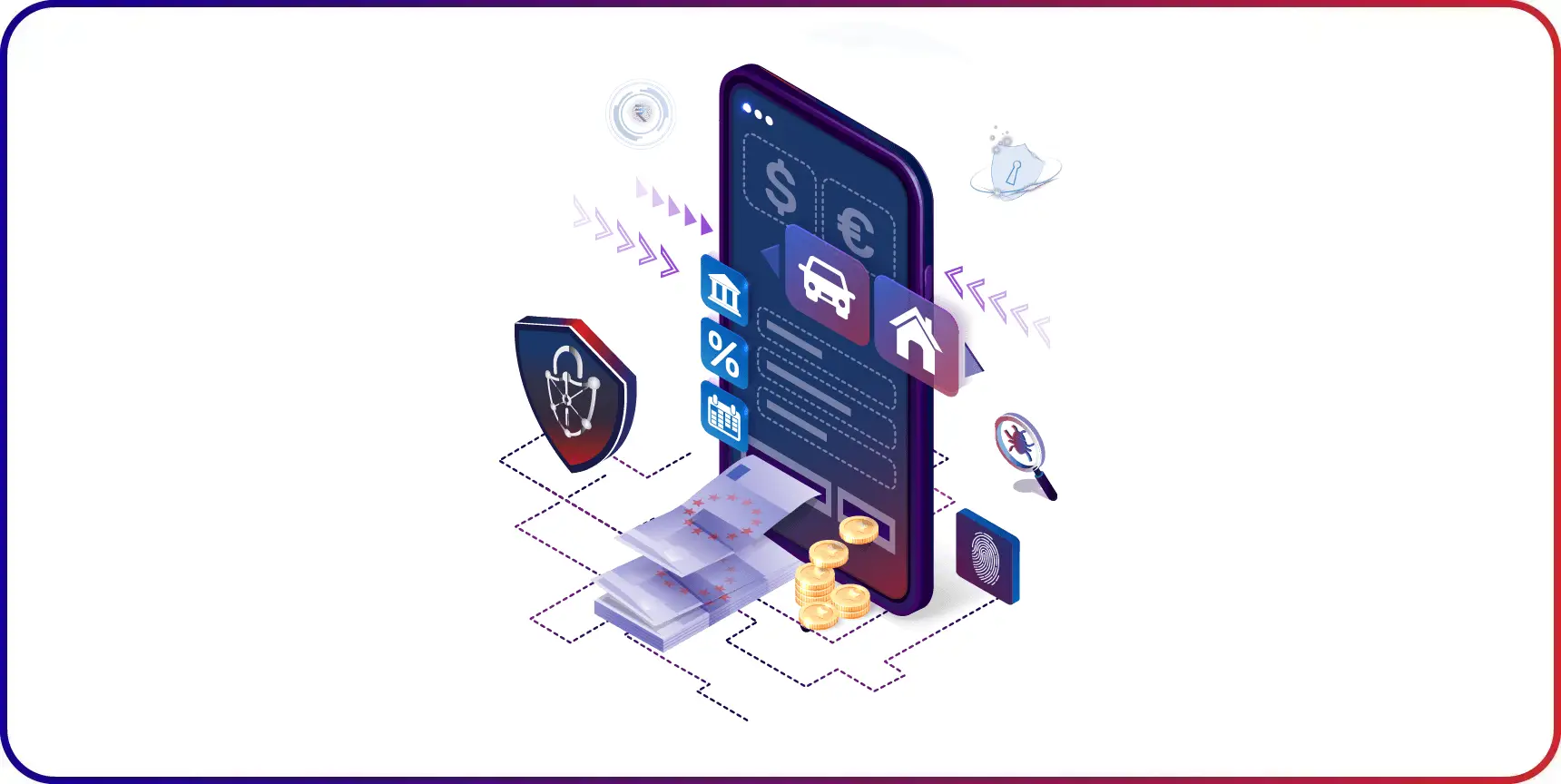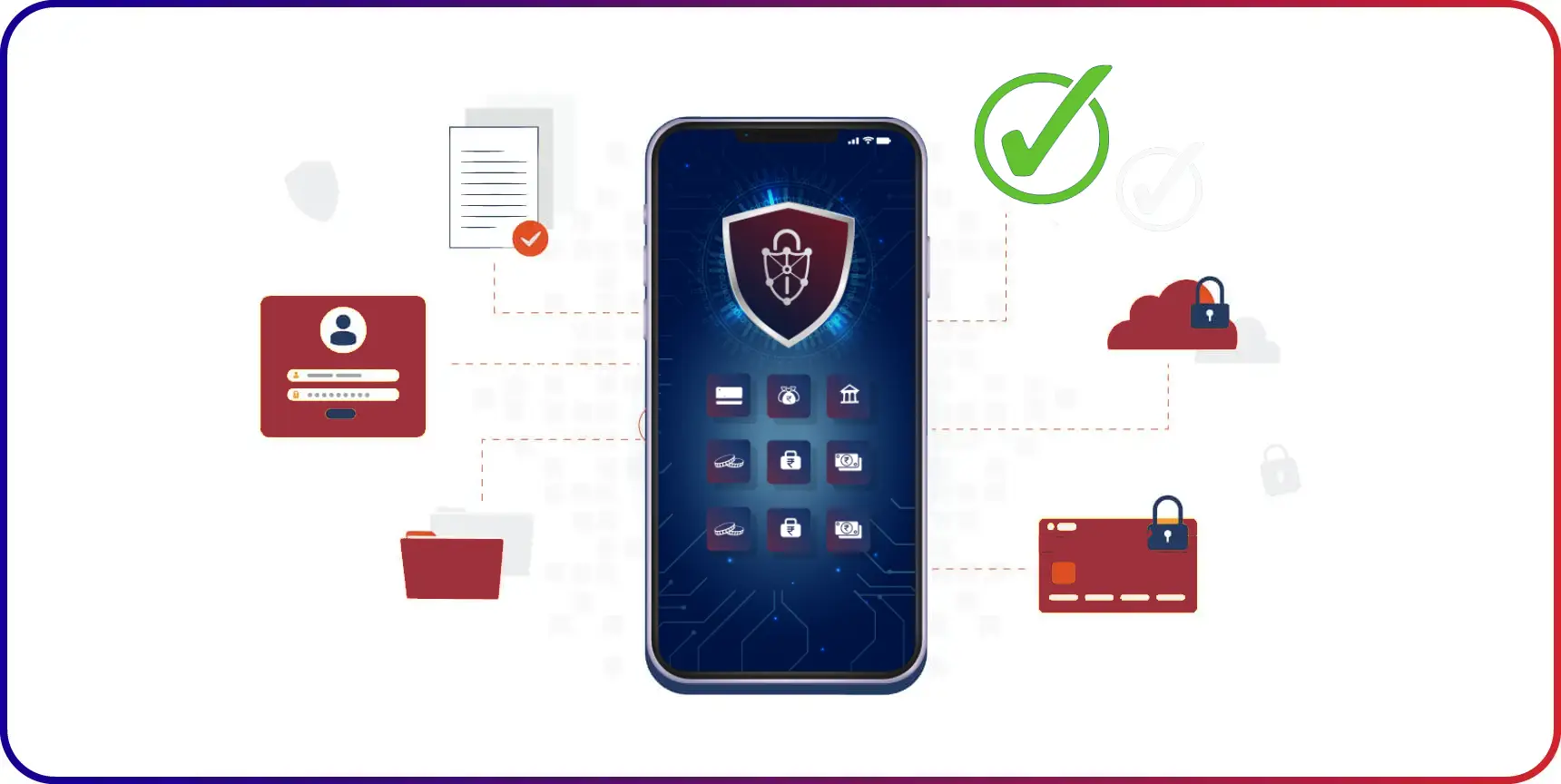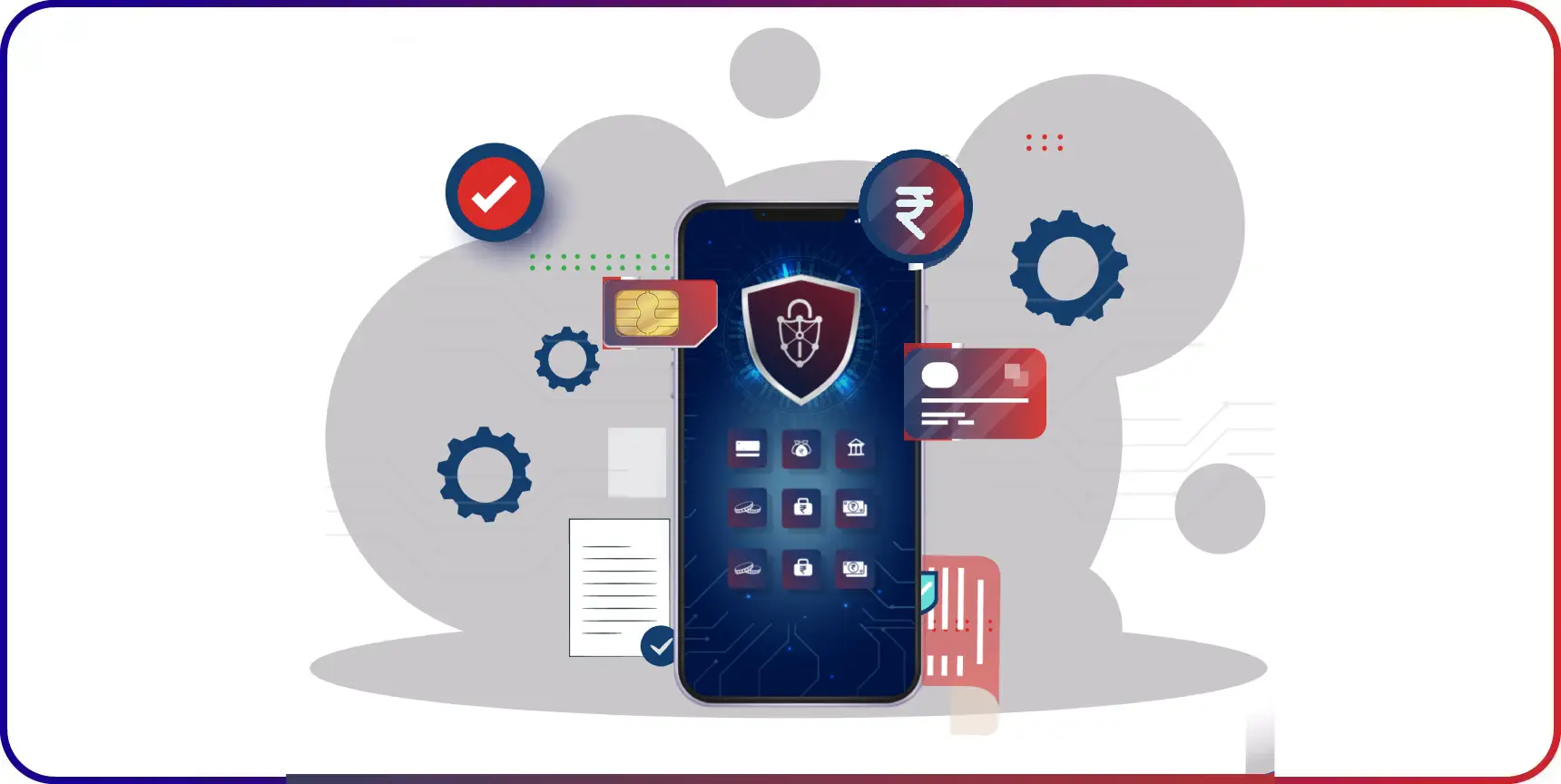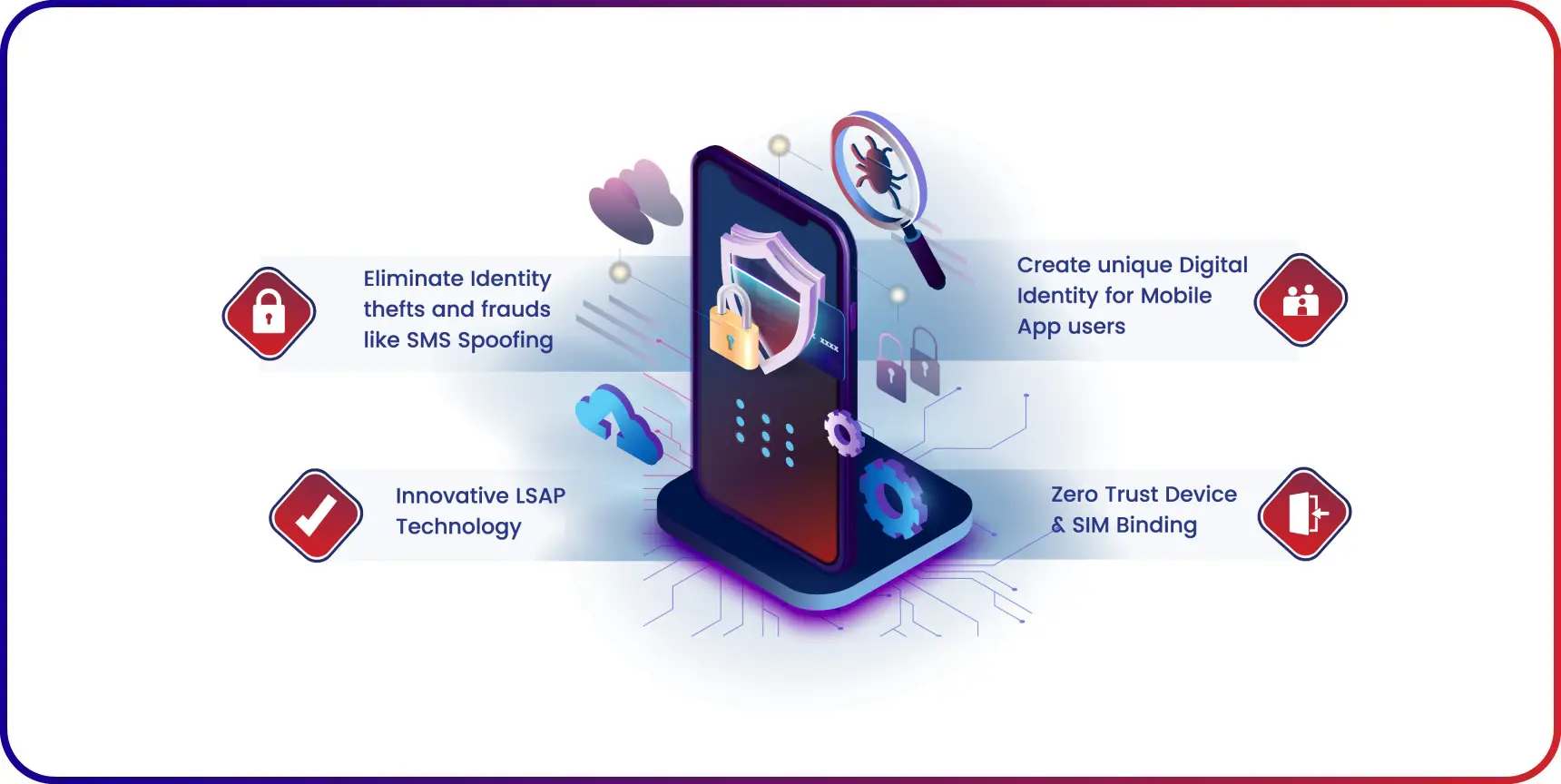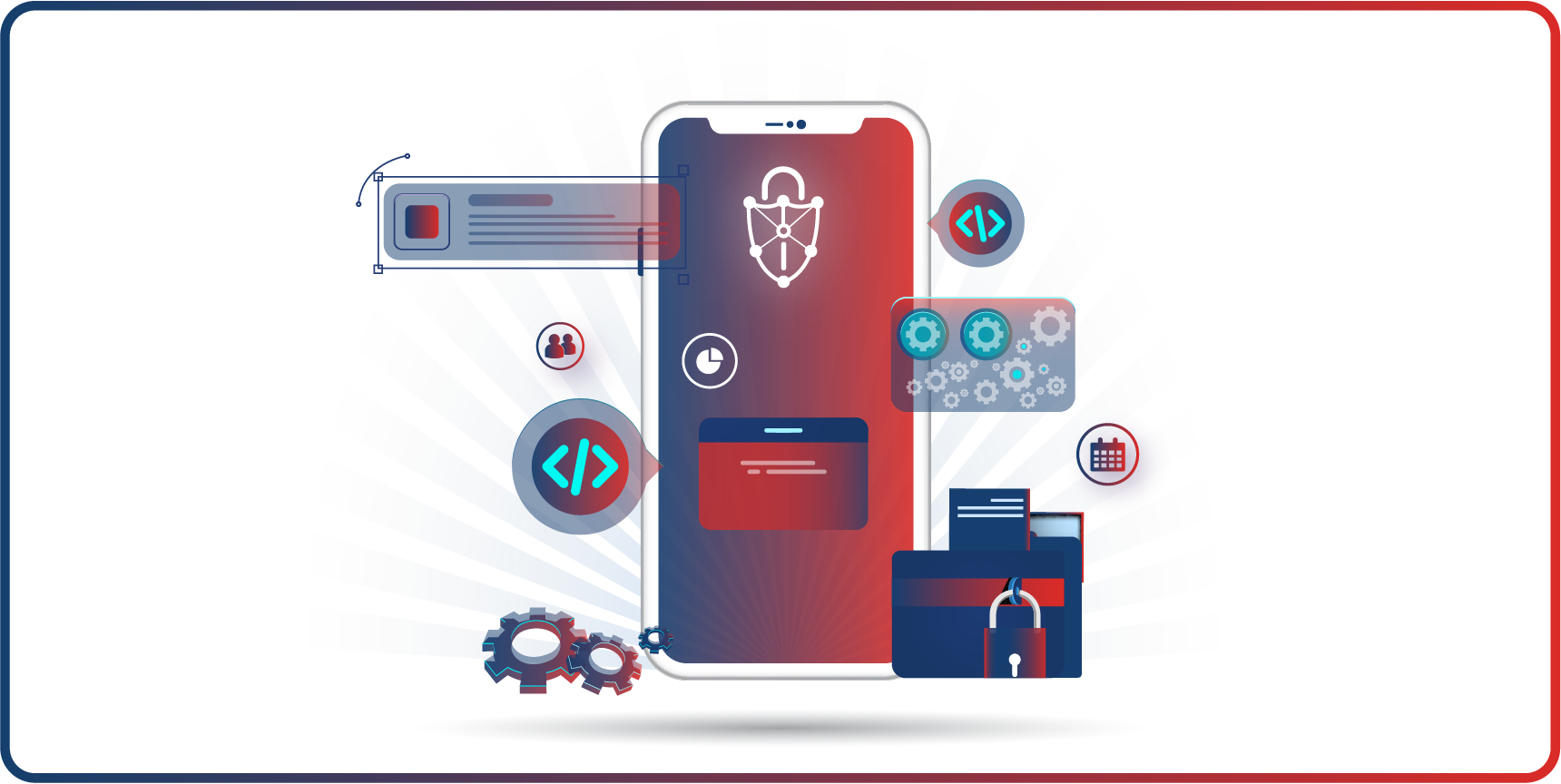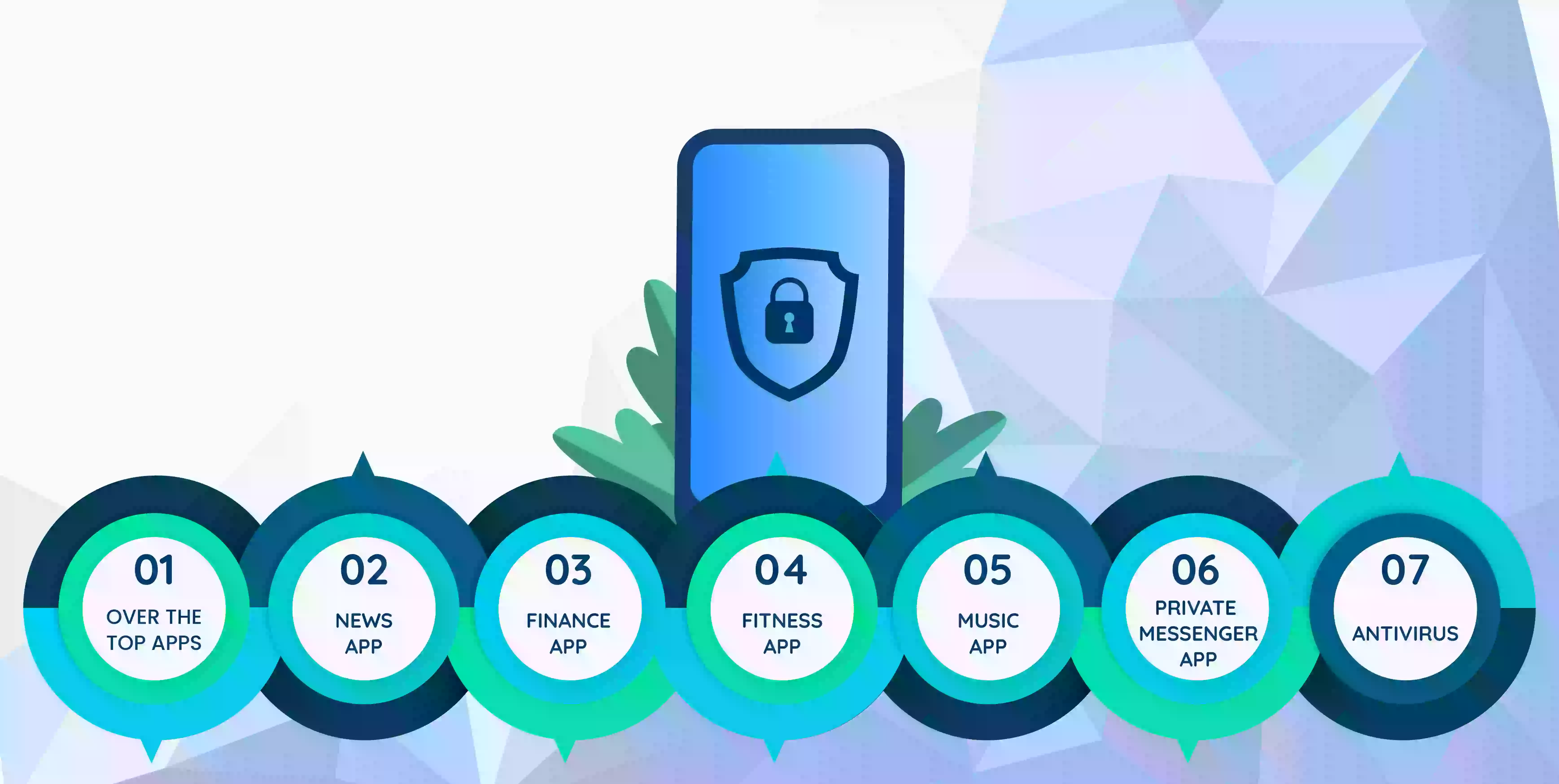Reverse Engineering on Android Mobile Applications: How It Works and Business Impacts

Android Mobile Apps are compiled as APKs / AABs, which can be decompiled with certain tools and techniques (APKtool, JADX, Dex2jar, etc.,). The main objective of Reverse Engineering is to decompile an application to study the internal working of the application code, identify the security loopholes, and exploit by modifying the code.
Practically most of the applications running on the client-side can be Reverse Engineered, the amount of complexity in the reverse engineering process varies. If the application is written in a language that is compiled, such as JAVA or Kotlin, are relatively easier to Reverse Engineer.
Since reverse engineering is a client-side attack, it can be controlled by building layered security controls. The layered security controls with the combination of both client-side and server-side validation will result into robust security solution for sensitive mobile applications.
Business Impact of Android App Reverse Engineering
1. Exposed Infrastructure
Never store any sensitive data on client apps. If this is broken, then it might lead to the exposure of backend infrastructure that might bring the entire infrastructure of the application to a halt. Attacks giving illegal access to the system can be obtained leading to ransomware attacks, DDOS attacks, or SQL injection attacks.
2. Loss of trust from the users
If the user privacy is breached through an application and it fails to protect sensitive data, the adoption of the application usage or the general acceptance of the application will fall. This could lead to data breaches and revenue loss for organizations, especially for financial systems where security is the top-most priority.
3. Loss of Customer and Business data
Reverse engineering can expose sensitive customer information, such as personal information, credit card data, and login credentials and business information like financial data and business strategies. This information can be used for identity theft or fraud and can damage the organization's reputation.
4. Rise of fake apps
Attackers publish modded versions of applications in the Google play store with malicious code built-in that could perform unintended operations. This will destroy the reputation of the organization which owns the original app because the users unknowingly would not be using the authentic application released by the organization.
5. Regulatory Non-Compliance
Some organizations are subject to regulatory compliance requirements that mandate the protection of sensitive data. Reverse engineering may result in the exposure of private information, which may result in non-compliance and possible legal and financial penalties.
Approaches to identify security vulnerabilities using Reverse Engineering
To understand what Reverse Engineering in Cyber Security is, below are the two available methods used for Reverse Engineering of APK:
1. Static Code Analysis
This means unzipping or decompiling the compiled APKs using Android de-compilers such as JADX, bytecode viewer, JAD, CFR, etc. This way of Reverse Engineering of APK is mainly used to identify generally discovered security vulnerabilities and detect programming problems.
The security vulnerabilities can be identified using the following mechanisms during static analysis
2. Dynamic Analysis
The main purpose of Dynamic Analysis is identifying Application logic issues and lack of validation on the backend to prevent unintended inputs that could lead to injection attacks like SQL, SSL, XSS, etc. The runtime analysis is mostly used in combination with the static analysis.
The security vulnerabilities can be identified using following mechanisms during runtime analysis:
Debugging with tools like ADB to extract the .class files from the published version of the application in runtime. JDWP is a widely used protocol to debug real-time apps using standard IDE. There are various command offers in JDWP to:
Monitoring the HTTP request and response is the most common method to identify if any sensitive information is passed to the API that could grant additional access or provide more details about the backend servers. Networking Applications like Burpsuite, Wireshark and HTTPWatch provides logging of all requests and response from the device or from the specific IP.
To further enhance the anti-reverse engineering nature of the application, it is recommended to use the combination of native code such as JNI and General Kotlin or JAVA. The process of de-compilation requires a lot of low-level skills to understand native compiled code as the application flow will jump in an unpredictable manner.
One of the widely used approaches to defend reverse engineering is to obfuscate the source code by changing the nomenclature verbiages of the classes, variables, and method names by replacing with not readable alternatives.
Protect Mobile App against Reverse Engineering Threats
Never Store Sensitive Data Locally
As a best security practice, developers should not store any sensitive information or any info that exposes the nature of the backend. Always sanitize the requests from the client app and validate them at each instance.
Implementing a threat model to identify malicious behaviour
In General, normal users’ intent is to use the application for its functionality. Therefore, if the application is baked with a good threat modeling solution that identifies malicious behaviour, and security breaches can be prevented at the earliest.
AppProtectt’s Reverse Engineering Protection
AppProtectt, by Protectt.ai, provides a multi-layered Anti-Reverse Engineering solution. AppProtectt is the ideal state-of-the-art RASP solution that provides end-to-end protection.
AppProtectt ensures quick implementation and reduces TCO. AppProtectt by Protectt.ai provides 360-degree security with 50+ cyber security features that enable Runtime Application Self Protection (RASP) for advanced detection and mitigation of all types of mobile threats – including prevention from App tampering to Reverse Engineering.
Stay protectt-ed!
As written by Jegan Saravanan, Deputy Manager - Product Engineering, Protectt.ai

